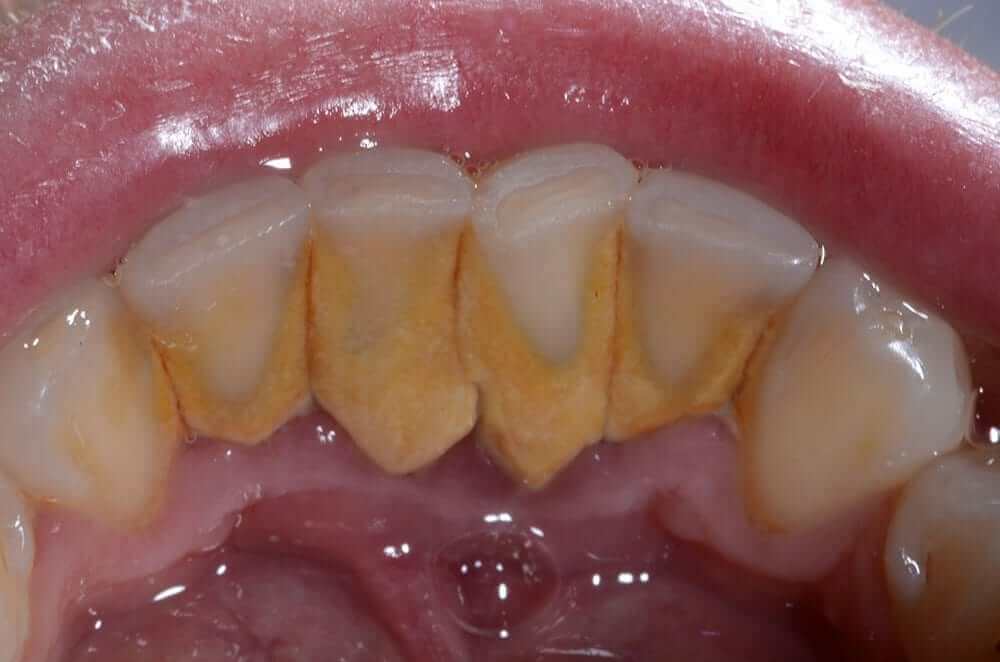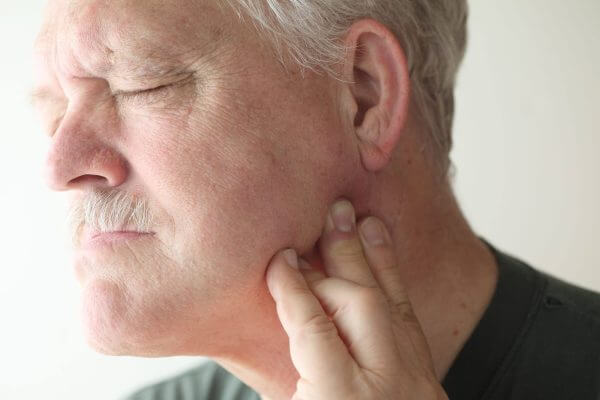Periodontal Disease Stages: An Overview
Get your periodontal disease treatment at Lakefront Family Dentistry, where there are several options offered by Dr. Derek B. Hauser, DDS, a leading cosmetic dentist in Riverside County with advanced knowledge in periodontal treatment.
Dr. Hauser has been serving families for more than 20 years in the Inland Empire. To schedule an appointment with Dr. Hauser, contact one of his friendly patient coordinators, Jodi or Carla at (951) 244-9495, or Request an Appointment Online Today!
Periodontal Disease Treatment and Deep Teeth Cleaning Required for Hard Plaque Build Up on a Patient…
It Can Build Up Before You Know it! Come in Twice a Year for Professional Teeth Cleaning for Your Oral Health.
Defining Periodontal Disease
Gingivitis, also known as gum disease or periodontal disease, starts out as a bacterial growth in your mouth. If not properly treated, it can lead to tooth loss due to the destruction of tissue that surrounds the teeth.
There is a difference between gingivitis and periodontitis. Gingivitis, also called gum inflammation, generally precedes periodontitis, or gum disease, but not all gingivitis cases progress that far. With proper dental care, the process can be stopped and even reversed if it’s caught in time.
The Stages of Periodontal Disease
Gingivitis, in the early stages, is a buildup of bacteria that causes the gums to become inflamed. This, in turn, leads to bleeding while brushing. Although the gums may be irritated at this stage, no irreversible bone or other tissue damage has occurred.
When left untreated, gingivitis can advance into periodontitis. This causes the inner layer of the gum and the bone to pull away from the teeth, forming pockets. These small spaces then collect debris and become infected. The body’s immune system fights the bacteria as the plaque grows and spreads below the gum line, which creates more inflammation.
Bone is then broken down by the toxins and poisons produced by the bacteria in the plaque along with the body’s “good” enzymes, the ones that fight infection. As the disease develops, pockets start to deepen and more bone and gum tissue are destroyed. This ultimately causes the teeth to become loose and fall out.
Diagnosing Gum Disease
During your dental exam, Dr. Hauser will check for gum swelling, bleeding, firmness and pocket depth. Pocket depth refers to the space between the tooth and the gum. The larger this pocket is, the more severe the disease. Seventy percent of your teeth lie below the gum line.
Dr. Hauser will also examine tooth movement and sensitivity along with proper teeth alignment.
Periodontal Disease Treatment
Periodontal disease treatment is aimed at:
- Reattaching the healthy gums to your teeth
- Reducing swelling
- Raising the depth of pockets
- Fighting infection risk
- Stopping the progression of the disease
Treatment options vary depending on the stage of periodontal disease. They range from nonsurgical therapies to surgery that restores supportive tissues.
Treatment Options at Lakefront Family Dentistry
When visiting Lakefront Family Dentistry for a consultation and exam, Dr. Hauser and his team of registered dental hygienists will explain and recommend the benefits of treatment. Several nonsurgical options are available; however, if the disease is too progressed, Dr. Hauser may recommend a different route.
Nonsurgical treatment options include:
- Professional teeth cleaning
- Deep cleaning
- Antimicrobial treatment
Prevent Gum Disease from Happening to You
It is possible to reverse the progression of gum and periodontal disease when good oral hygiene and healthy habits are incorporated into your daily routine. Remember to floss, brush well and schedule professional cleanings twice each year. Brushing eliminates surface plaque, and flossing gets rid of the food particles that are under the gum line and between the teeth.
According to the American Dental Association, antibacterial mouth rinses can lessen the bacteria that cause gum disease and plaque. Other changes that can reduce the risk, speed and severity of gum disease progression include:
Quit smoking: Tobacco use is a risk factor for periodontitis development. Smokers are seven times more likely to contract gum disease than nonsmokers. Smoking can also lower the success rate of some treatments.
Reduce stress: Stress inhibits the body’s immune system, making it more difficult to fight off infections.
Maintain a nutritional diet: Proper nutrition makes it easier for the immune system to fight off infections. Eating foods with antioxidant properties—for example, foods that contain vitamin E and C—can help your body repair damaged tissue.
Avoid teeth grinding and clenching: By clenching or grinding your teeth, you are putting excess pressure on the supporting tissues of the teeth, which could increase the rate at which the tissues are destroyed.
See Dr. Hauser to Discuss the Periodontal Disease Stages and Treatment Today!
Dr. Hauser’s state-of-the-art facility is equipped with technologically advanced equipment to ensure that patients are receiving the best service possible. Contact his office at (951) 244-9495 or Request an Appointment Online Today!







